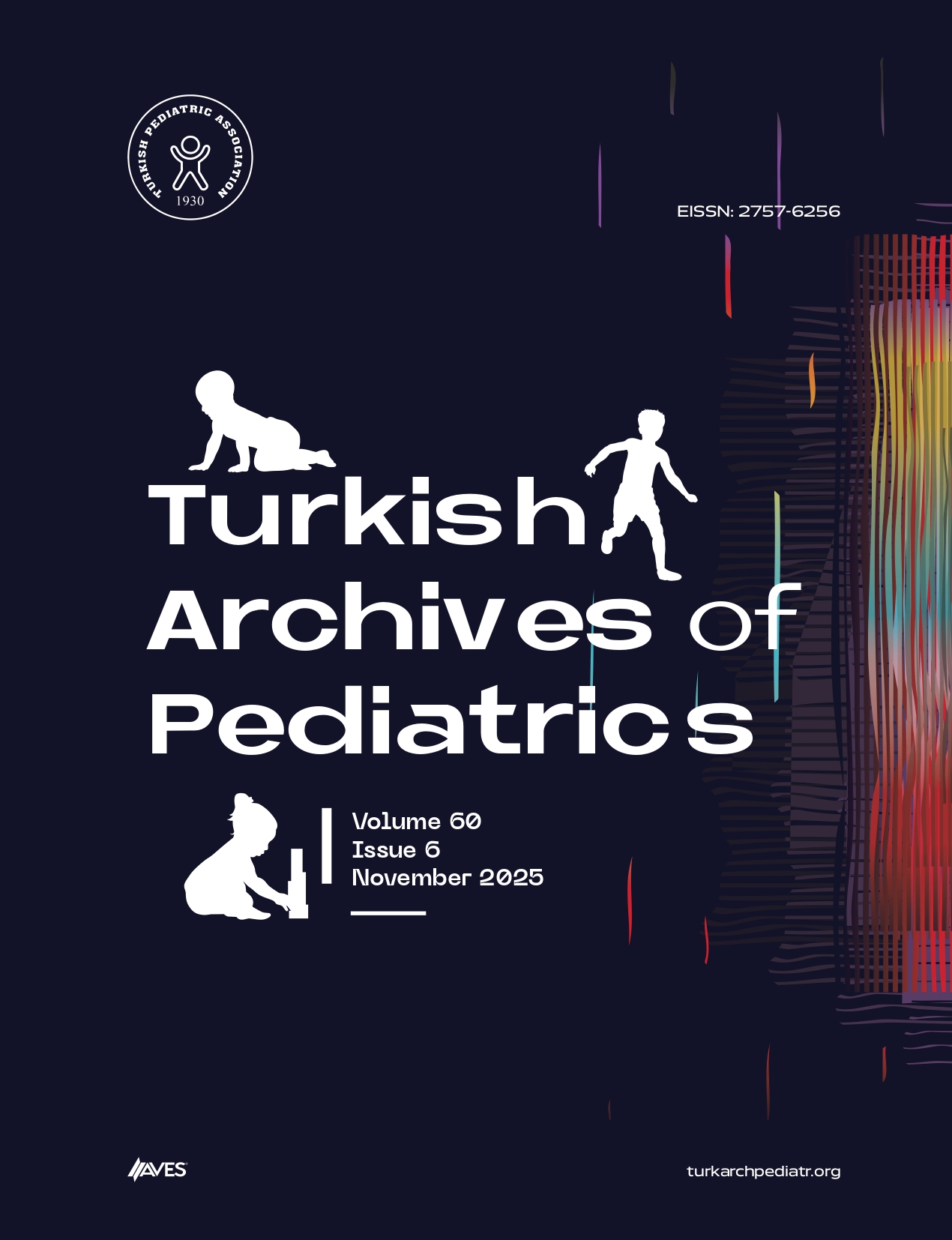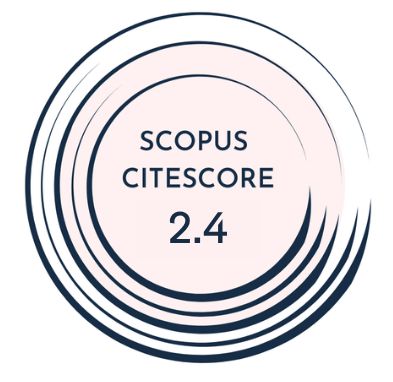The transition of the cardiovascular system from fetal life to extrauterine life occurs through
different physiological mechanisms. The development of the lungs are parallel to the devel-
opment of the cardiovascular system. Cardiac and vascular tone are affected by genetic and
environmental factors, including hormonal influences and autonomic reflexes. During the tran-
sition period, significant changes occur in preload, myocardial contractility, and afterload. The
timing of cord clamping has a profound effect on these changes. Cerebral autoregulation is
severely impaired in preterm infants, and cerebral blood flow is almost completely pressure-
passive, especially in extremely preterm infants. Disrupted autoregulation is also more frequent
in sick infants. Knowledge of transitional factors in different periods is essential for proper man-
agement of newborn infants.
Cite this article as: Ovalı F. Hemodynamic changes in the transition period in the preterm and term infant: basic concepts. Turk Arch Pediatr. 2025;60(3):251-257.



.png)

